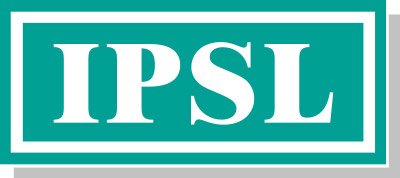Top 10 Tips on Installing Bathroom Wall Panels
Installing wall panels in your bathroom is the best way to give your walls a clean, elegant, and contemporary look. While their professional appearance may suggest otherwise, bathroom wall panels are actually very simple to install – seriously, any novice DIY enthusiast can complete the job to a standard any tradesman would be proud of. All you need to do is follow these top tips:
1. Get the Right Tools
Bathroom and shower wall panels are easy to cut and slot together, with trims and joints helping to provide a stylish finish. To get the job done properly, you will need:
tape measure
pencil
spirit level
fine tooth saw
screws/adhesive
sharp blade DIY/craft knife
clear silicone (if you’re installing panels behind a shower)
trowel
safety gloves and goggles.
2. Make Sure Panels are Acclimatised
As a general rule, panels should be in a bathroom for 30-60 minutes prior to installation. Given the heat and humidity of bathrooms, the material will need to adjust to its surroundings to eliminate movement after installation.
3. Clean walls
Ensure all surfaces are clean before installing panels. Painted surfaces must be sanded to allow adhesive to take, while newly plastered walls should be sealed with a primer.
If walls are in good condition and relatively flat, panels can generally be glued directly to the surface. Adhesive can be applied to the wall or the back of the panel with 100% coverage. A notched trowel will ensure the best results.
4. Decide Where Is Best to Start
For the best results, panels should always be installed from left to right. Measure out to make sure you are not left with a thin cutting edge at the opposite end of the wall. If a small cut is likely, it is best to start the wall with a half panel.
5. Fit ‘J’ edges
‘J’ edges (so called because these are shaped like the letter J) will need to be installed at the floor and ceiling edges. Fixing is done using silicone and screws.
Make sure the floor edge is completely level before securing – this will allow panels to sit upright and make installation even easier than it already is!
6. Fitting the Panels
This is where your new bathroom really begins to take shape. Apply the adhesive to the wall or panel and flex the sheets into the top and bottom ‘J’ edges. Firmly push the sheet against the wall to allow it to bond with the wall. Use adhesive on the back legs of the ‘J’ edges as you move along the wall.
7. Fit ‘H’ Edges
After the first panel is in place, you will need to fit an ‘H’ edge (again, so called because these resemble the shape of the letter ‘H’). These are secured to the wall with silicone and screws.
Leave a 3-5 mm gap for expansion and use beads of silicone on the back legs of the ‘H’ edge to seal sheets as you move along the wall. ‘H’ edges will need to be installed after every panel.
8. Cutting a Panel
When you need to cut a panel, always cut with the face side up – and remember: measure twice cut once. Panels can be cut with a fine tooth saw or DIY knife.
9. Conquering Corners
Corners are typically finished with an internal or external angle, which can be secured with drive rivets or adhesive. These sit over the top of the panels and hide any unsavoury cuts. Alternatively, corners can be finished using a ‘J’ edge.
10. Caring For your Panels
With your beautiful, hygienic wall cladding panels installed, your bathroom will be easier than ever to maintain. Panels are simply washed down with water or a combination of diluted soap and detergent. Try to clean panels weekly – always in keeping with manufacturer instructions.


